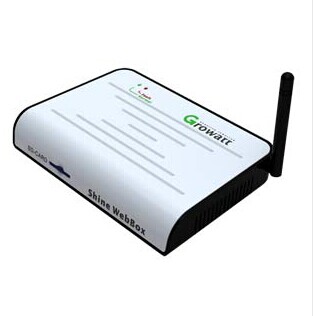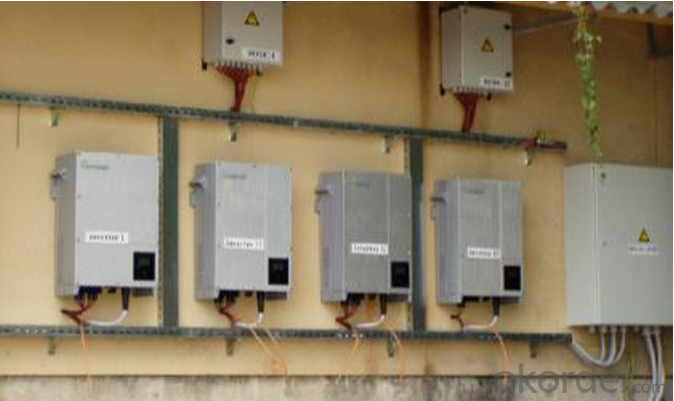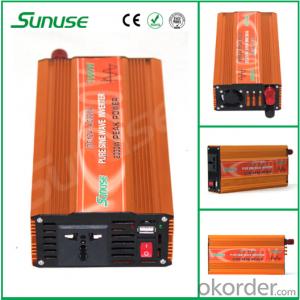Vevor Solar Inverter Monitor Shine Webbox, Solar System Monitor
- Loading Port:
- Shekou
- Payment Terms:
- TT OR LC
- Min Order Qty:
- 20 watt
- Supply Capability:
- 10000 watt/month
OKorder Service Pledge
OKorder Financial Service
You Might Also Like
- Monitor Shine WebBox, Solar System Monitor
A multi-functional and high-performance communication data logger
It is a cost-effective and compact monitoring device, specially designed for solar power plant. Using stable Linux operating system with high-speed CPU, smartly record your system features. Provide local storage, easy wireless and TCP/IP configuration, and present plant data over Internet.
>A multi-functional and high-performance communication data logger;
>Keep user informed of the system’s status at any time,
>Massive storage with flexible parameters setting, system information management, error prompt and record .
>Collects data and uploads information over the internet in near real-time to Growatt Shine Server platform.
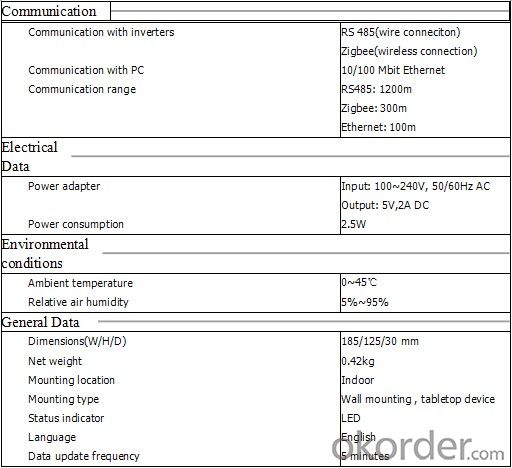
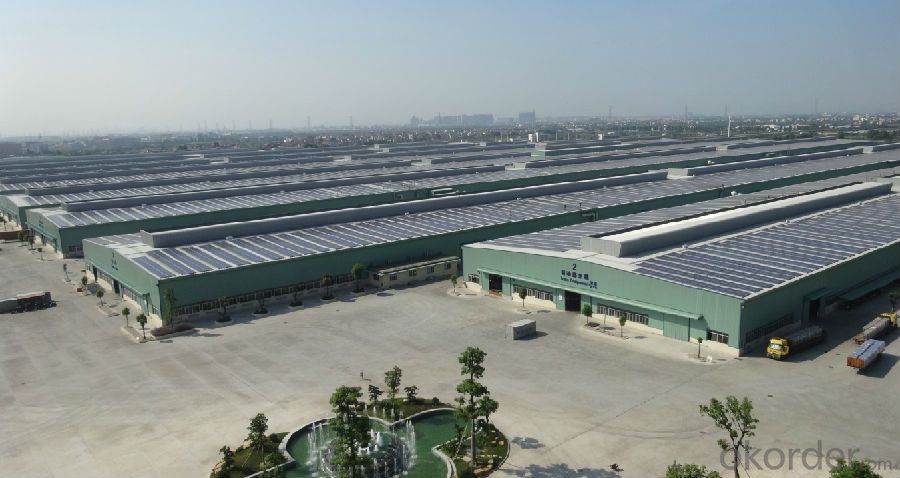
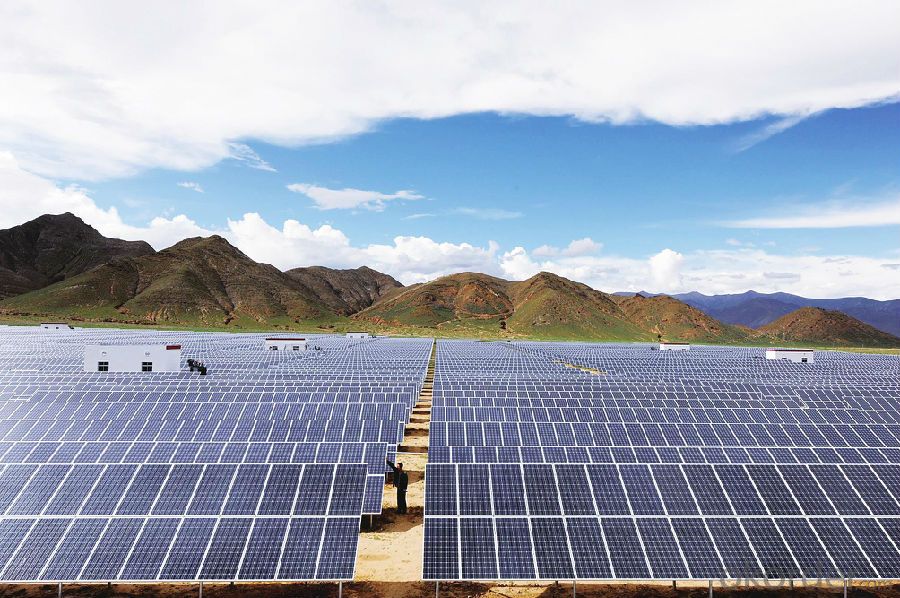
- Q: Can a solar inverter be used with solar-powered desalination systems?
- Yes, a solar inverter can be used with solar-powered desalination systems. Solar inverters are essential components in solar power systems as they convert the direct current (DC) electricity generated by solar panels into alternating current (AC) electricity that can be used to power various devices, including desalination systems. By connecting the solar panels to a solar inverter, the generated solar energy can be efficiently utilized to power the desalination system, making it a sustainable and environmentally friendly solution for producing fresh water.
- Q: How the output voltage of the PV inverter and the grid-connected voltage are determined
- DC voltage and AC side voltage does not matter, the general PV inverter AC output is 400V / N / PE. With no isolation transformer and output voltage does not matter, grid-connected inverter is the regulation of current, and network voltage depends on the grid voltage. And the grid before the inverter will detect the grid voltage, meet the conditions will be network.
- Q: Can a solar inverter be used with different types of monitoring systems?
- Yes, a solar inverter can be used with different types of monitoring systems. Most modern solar inverters are designed to be compatible with various monitoring systems, allowing users to choose the system that best suits their needs and preferences. This flexibility enables the integration of different monitoring technologies, such as Wi-Fi, Ethernet, or cellular connectivity, making it easier to monitor and manage solar energy production.
- Q: How does a solar inverter handle fluctuations in solar panel output due to temperature changes?
- A solar inverter handles fluctuations in solar panel output due to temperature changes by employing a maximum power point tracking (MPPT) algorithm. This algorithm continuously adjusts the operating voltage and current of the inverter to ensure that it operates at the maximum power point of the solar panels, despite the temperature changes. By dynamically adapting to the varying output of the panels, the inverter optimizes the energy conversion process and allows for efficient utilization of the available solar energy.
- Q: How does a grid-tied solar inverter work?
- A grid-tied solar inverter converts the direct current (DC) electricity generated by solar panels into alternating current (AC) electricity that can be fed into the electrical grid. It synchronizes the solar panel's electricity with the utility grid's electricity, allowing the excess power to be sent back to the grid or drawing power from the grid when the solar panels are not producing enough. The inverter also ensures the safety and reliability of the system by monitoring the grid's voltage and frequency, and disconnecting in case of grid failure to protect workers and prevent damage to the system.
- Q: What is the maximum number of parallel inverters that can be installed in a solar system?
- The maximum number of parallel inverters that can be installed in a solar system depends on various factors such as the size and capacity of the solar system, the availability of space, and the electrical requirements of the installation. There is no fixed maximum number as it can vary significantly depending on these factors.
- Q: How does a solar inverter handle grid islanding conditions?
- A solar inverter detects grid islanding conditions by monitoring the voltage and frequency of the grid. When it detects a deviation from the normal range, indicating an islanding event, it immediately stops supplying power to the grid. This is done to ensure the safety of utility workers who may be repairing the grid.
- Q: Can a solar inverter be used in a solar-powered electric vehicle charging station?
- Yes, a solar inverter can be used in a solar-powered electric vehicle charging station. A solar inverter is responsible for converting the direct current (DC) generated by solar panels into alternating current (AC) which is suitable for use in electric vehicles. Therefore, it plays a crucial role in converting the solar energy into electricity that can be used to charge electric vehicles at the charging station.
- Q: Can a solar inverter be used with solar concentrators?
- Yes, a solar inverter can be used with solar concentrators. Solar concentrators focus sunlight onto a smaller area, increasing its intensity. The concentrated solar energy can then be converted into electricity by a solar inverter, just like with traditional solar panels.
- Q: How does a solar inverter provide ground fault protection?
- A solar inverter provides ground fault protection by continuously monitoring the flow of electricity between the solar panels and the electrical grid. If it detects any abnormal or excessive current leakage to the ground, it quickly shuts off the flow of electricity to prevent electrical hazards, such as electric shocks or electrical fires.
Send your message to us
Vevor Solar Inverter Monitor Shine Webbox, Solar System Monitor
- Loading Port:
- Shekou
- Payment Terms:
- TT OR LC
- Min Order Qty:
- 20 watt
- Supply Capability:
- 10000 watt/month
OKorder Service Pledge
OKorder Financial Service
Similar products
Hot products
Hot Searches
Related keywords



